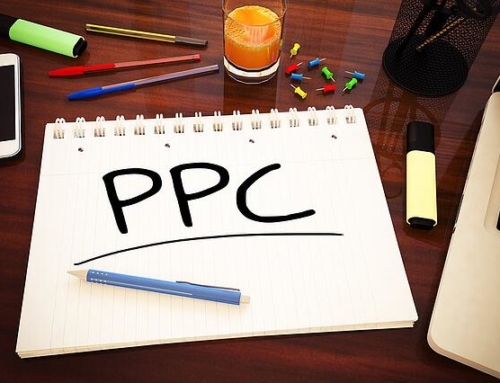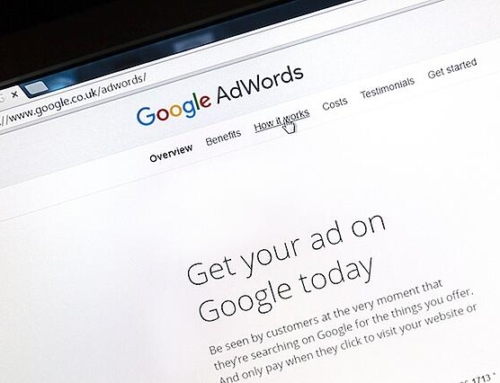Guide to Creating a Customer Persona
Has anyone ever asked you these questions? 1) What makes you happy? 2) What is your greatest dream? 3) What do you value? 4) What do you fear? 5) What are your hobbies?
If they haven’t, then the chances are that they have no idea what you really want in life, and why they should want you as a customer. This is kind of a “cheat sheet” to help you find potential buyer personas.
Now, maybe you’re thinking, “What could that possibly have to do with me being a potential customer?” but trust me, it has a lot to do with it.
Why? Because those questions tell you a lot about what people are all about – who they are, what they want, what drives them, and why they might want your product.
It’s All About the Customer Persona
The thing is, if you want people to buy your product or service, you need to know about customer personas. It’s a way of understanding your customers and what you have to offer that solves the issues they have. When you know how to build a customer persona, you know how to speak to your customers, and how to solve their problems.
What Is a Customer Persona?
A customer persona is basically a fictional character that is made up of all sorts of parts of your individual customers. It’s what helps you to understand the needs and motivations of your typical customer.
Why Do I Need Customer Personas?
You need them because they give you insight and help you to form a marketing strategy. They help you understand the kind of customer that you want to attract, and see that customer as a human being. Identifying a customer persona helps you to learn where your time needs to be focused, find out what types of products or services will please your customers, develop more products and services, and determine what motivates your customer to buy.
Doing the Research
To find out who your target customer is, the best thing you can do is look at your competition. You’re not trying to copy your competitors – you’re just trying to find out what customers want.
So, the first thing you should do is start interviewing people. Talk to the customers who have been patronizing both you and your competitors. Find out what they want to buy, and what stops them from buying. Find out how they see you and your competitors, and how they see their products and services versus yours.
What do they want? What issues do they have with your offerings and your competitors? What makes them buy? What makes them NOT buy?
Most important, who are they? Are they high-income or low-income? Looking for quality, or just a great deal? What do they eat for breakfast?
I’m not kidding here. The more you know about your potential customer, the more you’re going to know about what makes them want to buy, or not buy. The more information you can gather about your potential customer, the better you know them, and the more likely you are to know what will motivate them to gravitate toward your company as opposed to someone else’s.
Creating a Customer Persona Template
Now that you’ve asked all those questions, create a customer persona template. Give the person a name. I don’t care what you call him or her. “Bob” is fine.
Now, who is Bob? What is his job? Has he graduated from high school or university? Does he have a wife? Kids? Is he a Rotarian? A boy scout leader? What does he value? What is he afraid of? What can you do to meet Bob’s needs?
Tailor Your Message
Once you know all about Bob, your job is to tailor your marketing message to his needs. In other words, to create a buyer persona. Once you do that, you know that you are directing your marketing message to Bob. Once you have him all figured out, you can move on to tailoring other buyer personas – to Jennifer or Ryan or Edna or Lulu or whoever.
Start with Bob. Work forward. The more data you gather, the more you will know about your potential buyers.
As you examine more buyer personas, you will identify more potential customers. It doesn’t necessarily begin and end with Bob. Cheat sheet? Well, no, not really. Just common sense. You get the idea.










